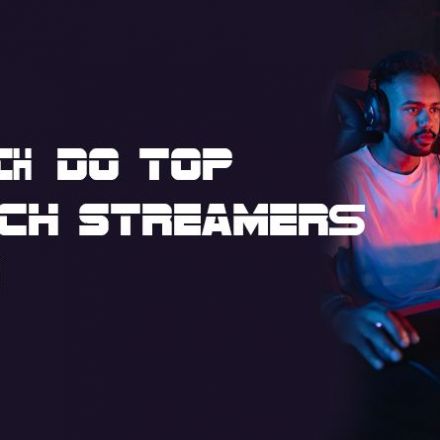Moz
How to Win Potential Consumers with Customer Journey Mapping on Google
If your website is like most others, there is likely a mismatch between the content you provide, and what your prospective customers search for on Google.
This article is about understanding your potential customers and their conversation with Google by using the customer journey mapping method to provide them with the best content. The idea came to me when watching internal user experience teams at our agency, and I hope it will inspire you as an SEO to leave your spreadsheets for a moment and start working with sticky notes (yeah, sticky notes).
Later in the article, as an example of the method, I will show you how a Danish insurance firm managed to come out of nowhere and dominate the conversation for a strategically important insurance product.
I have built +100 customer journey maps over the last year, so I am excited to share my knowledge with you.
I will come back to this later, but let's get a few definitions in place first:
What is a customer journey? The customer journey is a model, which describes the stages a prospective customer goes through in order to convert to your solution. It is a way for us as marketers to understand what challenges a user confronts during their journey. When we understand it, we know how our marketing efforts should show up at every stage.
There are many different customer journey models, but I prefer the classic AIDA model, adding the Loyalty stage at the end.
Here is a description of the five stages with examples of typical Google queries:
Awareness: The prospects realize that they have a problem or desire and actively start searching on Google. For example, they may think, “Hey, I'm coughing. How do I get rid of it?” and search for “How to stop coughing?” (40K monthly queries in the US).
Interest: The prospects start searching for simple solution queries. An example is “cough medicine” (59K monthly queries). In this stage, they will also look for substitutes (e.g. “honey ginger tea”).
Desire: The prospects become more educated and refine their search to find the right solution for them. They search for different attributes of the product such as segments (“infant cough medicine”) and types (“non drowsy cough medicine”). This is also the customer journey stage where users subsequently get into the buying mode with best/cheapest/discount queries (e.g. “best coughing medicine for dry cough”). They also begin to search for brands. Typical queries on Google could be “Delsym cough medicine” (5.2K monthly queries) and comparison queries, like “Delsym vs Robitussin” (1.6K monthly queries).
Action: The prospects have made their choice and are ready to take action. A typical search would be “Delsym near me” (90 monthly queries).
Loyalty: The prospects have turned into clients and could have questions about the newly purchased product. A typical example could be "Delsym side effects".
What is customer journey mapping on Google? Customer journey mapping is a traditional exercise when working with user experience (UX), trying to visualize the typical touchpoints for a user and thereby understand how to create a frictionless experience.
As I mentioned in the intro, I had a light bulb moment watching our UX teams. Why couldn’t SEOs adopt this practice and map up the customer journey with Google data? Where UX teams use qualitative interviews, eye tracking, client feedback and gut feeling, Google data is the hard data that’s missing.
The idea of doing customer journey mapping on Google was born.
We have the data right at our feet. With Google's own data sources (e.g. Google Search Console) and third party tools (e.g. Moz Keyword Explorer), SEOs can map out a large part of the customer journey.
Just look at your user data in Google Analytics, and you will see how dominant Google is. According to a study by GrowthBadger, across industries 50-90% of all traffic came from Google. While social media is a great activation channel in 2022, prospects still go to Google when they need to educate themselves before they contact you.
By mapping the entire customer journey on Google we understand:
What are the major topics that potential clients are querying on Google?
What is the search intent behind the conversation potential clients are having with Google, that might match our USPs?
Where are the “peak ends”, meaning the most important conversation touchpoints on Google, that can win or lose a future customer?
What is the timeline of search intent, so we understand how to prioritize content development?
Why you should use customer journey mapping on Google There are three main arguments for why you should use customer journey mapping.
1) Targeting specific keywords is outdated. We need to focus on owning user intent instead. Especially with Google's introduction of BERT in September 2019, they understand searches better than ever. And with their MUM update, the search experience will become even more impressive. This also means that we, the SEOs, have to ada





























Join the Discussion